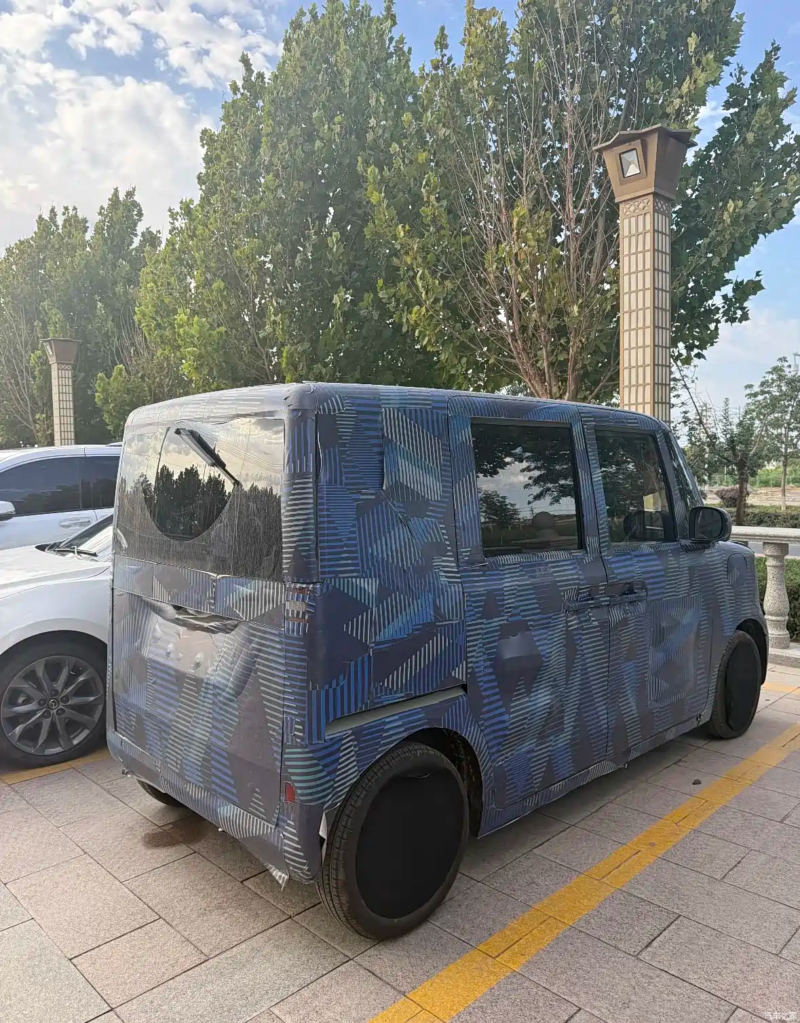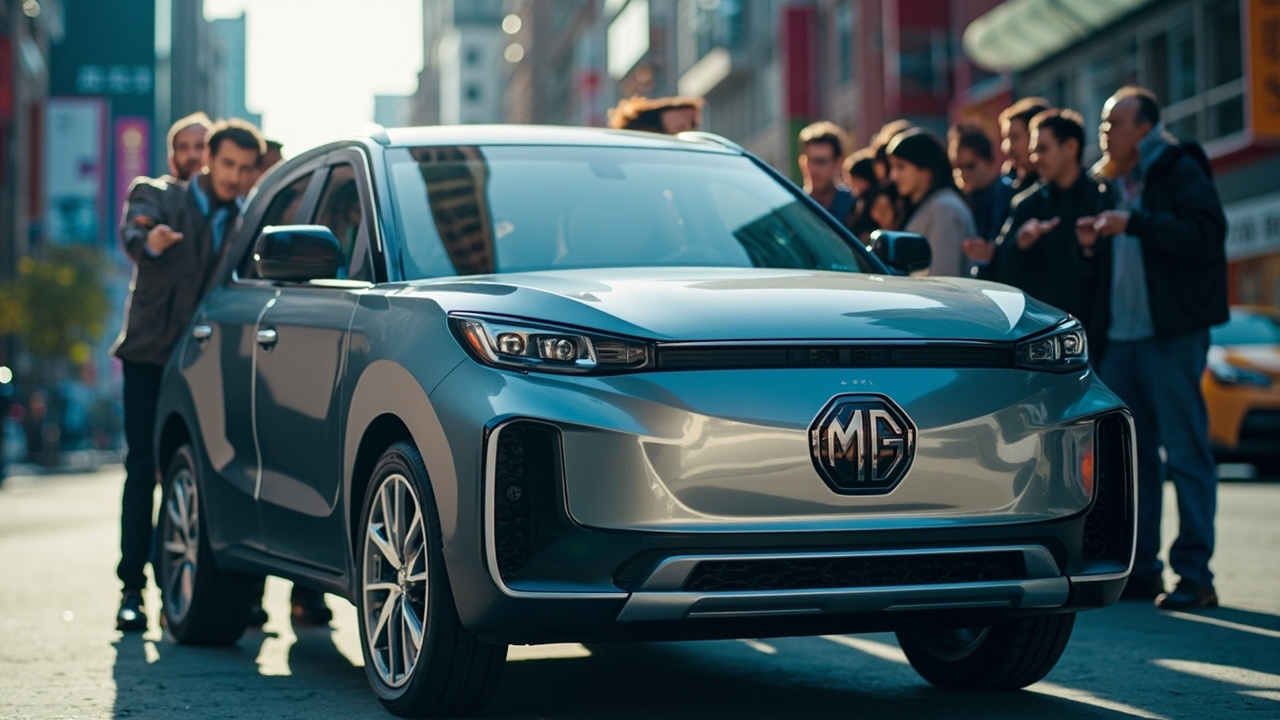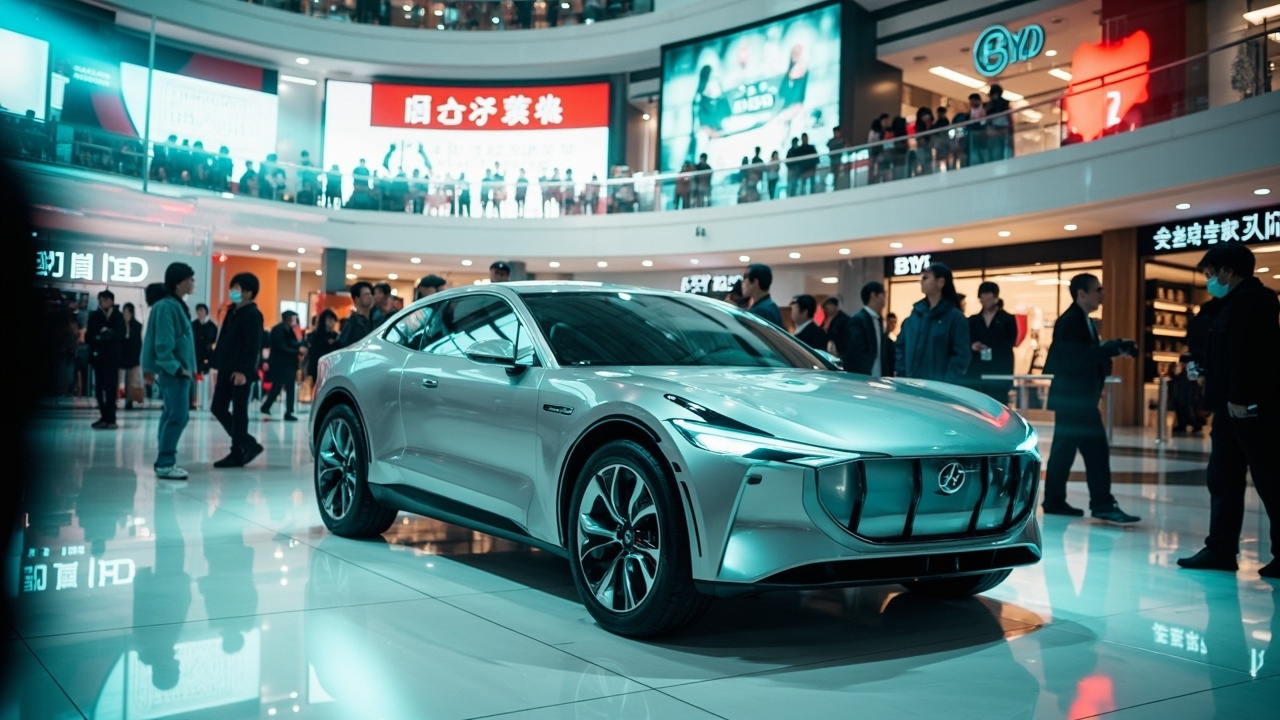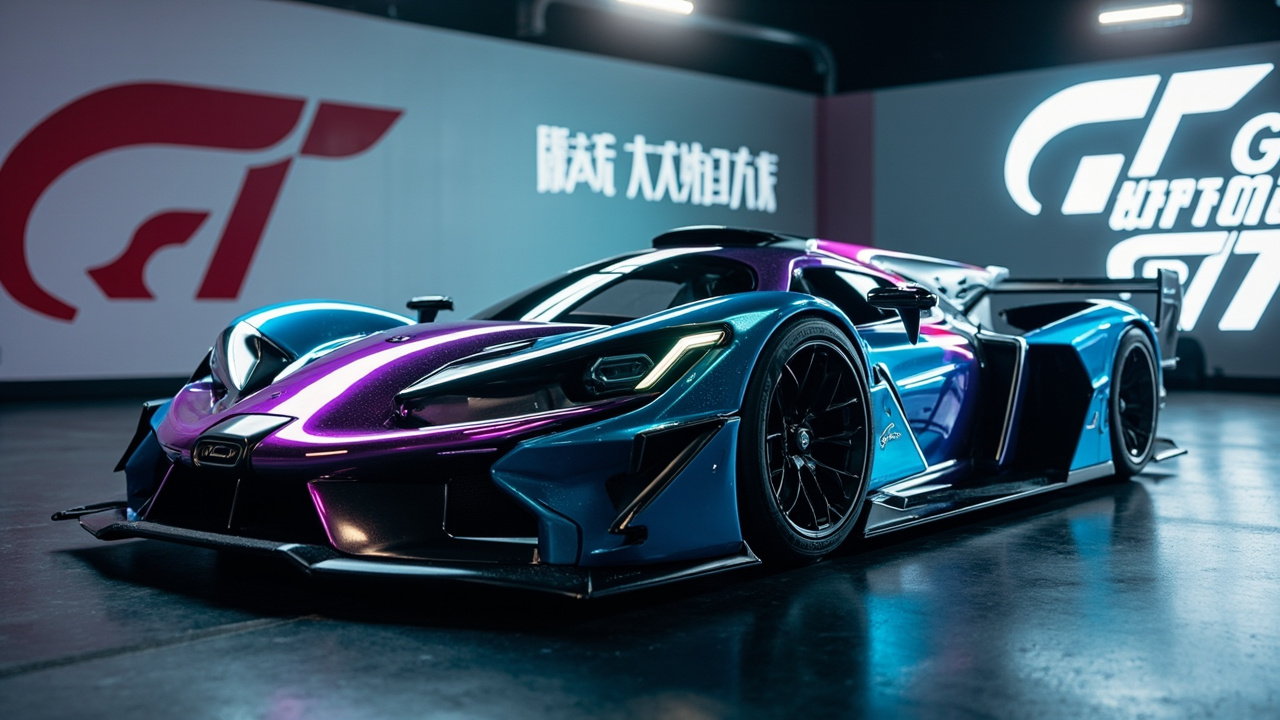Tesla Analyst Shifts Focus from Delivery Figures to Autonomous Future
Reports on manufacturing, labor and earnings with clear, practical context. Drives a Tesla Model 3 RWD; family hauler is a Volvo XC60.
As Tesla prepares to announce its third-quarter earnings, analysts and investors are reevaluating the significance of traditional metrics like delivery numbers, shifting the spotlight to the company's ambitious autonomous vehicle projects.
In the lead-up to Tesla's earnings report, the usual anticipation regarding vehicle delivery figures is being met with a new narrative that suggests these numbers may be losing their previous importance. Gene Munster, an analyst at Deepwater Asset Management, emphasizes that while delivery figures for the third quarter were impressive, hitting a record high of 497,099 vehicles, they were notably boosted by customers rushing to take advantage of an expiring tax credit. As these figures potentially normalize in future quarters, Munster advises investors to shift focus from deliveries to the broader scope of Tesla's operations, particularly its autonomous vehicle initiatives.
Tesla's strategic pivot towards autonomy is not a new development, but it is becoming increasingly central to the company's identity. The rollout of Tesla's dedicated Robotaxi platform marks a significant milestone in its autonomous vehicle strategy. Currently operational in Texas and California, with regulatory approvals in Arizona and Nevada, Tesla is expanding its reach as it seeks further permissions in states like Florida. This expansion is seen as a critical step in Tesla's journey to redefine itself not just as a car manufacturer but as a leader in autonomous technology.
Beyond the Robotaxi initiative, Tesla's Full Self-Driving (FSD) suite remains a cornerstone of its technological advancements. The latest software updates have been rolled out to a broader base of Tesla owners, providing the company with a rich stream of data to enhance and refine the system's performance. This data-driven approach is expected to accelerate the development and reliability of Tesla's autonomous features, setting the stage for a future where self-driving cars could become a mainstream reality.
While the focus on autonomy grows, traditional financial narratives like earnings per share and gross margins still play a vital role in shaping investor sentiment. Analysts like Dan Levy from Barclays have adjusted their outlook on Tesla, raising the stock price target but maintaining a cautious stance due to the volatile nature of the electric vehicle market. The anticipation for Tesla's earnings report is fueled by these dual narratives of robust financial performance and groundbreaking technological progress.
However, not all analysts share the same optimism. BNP Paribas Exane has initiated coverage on Tesla with an 'Underperform' rating, citing concerns over the current lack of sales from Tesla's AI-driven ventures like Robotaxi and Optimus. These projects, while promising, contribute significantly to the company's valuation despite generating no current revenue. This skepticism highlights the ongoing debate about how much weight should be given to Tesla's future potential versus its present performance.
As Tesla continues to push the boundaries of what an automotive company can achieve, it is clear that investor and analyst perspectives will need to evolve. The shift from focusing solely on vehicle deliveries to embracing the broader narrative of autonomy and AI-driven innovation could redefine how success is measured in the automotive industry. Tesla's ability to realize its vision of a fully autonomous future will likely determine its place in the market and could reshape the landscape of personal transportation.
About Priya Nair
Reports on manufacturing, labor and earnings with clear, practical context. Drives a Tesla Model 3 RWD; family hauler is a Volvo XC60.



